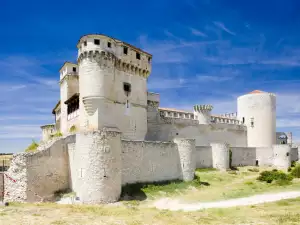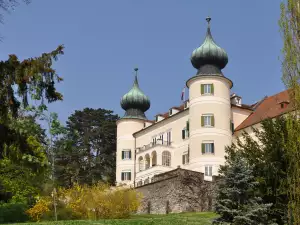Malahide Castle
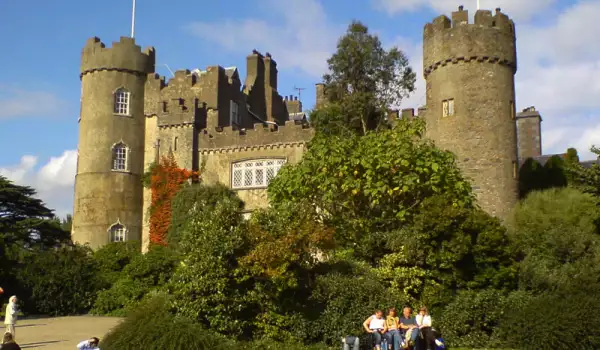
Malahide Castle is one of those medieval palaces that are lost in mystery and legends. It is located near the Irish village of Malahide, 14 km from Dublin in the north of Ireland. The castle stands on the Howth peninsula, north of Dublin Bay. In translation from Irish, Malahide means, on the beach. This property comes within the natural park, which extends over an area of 250 acres. For nearly 800 years since its creation Malahide function both as a fortress and a private home.
Malahide Castle is one of the oldest historic forts in Ireland. From 1185 to 1975 the palace was a private mansion and home of the Talbot family. This is one of the longest periods in the history of all Ireland, in which a family keeps for such a long period ownership of this castle.
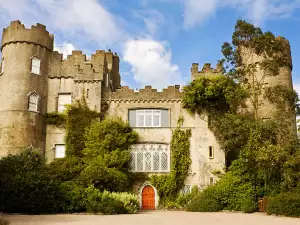
The oldest part of the Malahide Castle dates from the 12th century.
Their family mansion has been so for 791 years, the only exception is for the period from 1649 to 1660, when Oliver Cromwell granted the palace to Miles Corbett, after the invasion in Ireland. After the death of Cromwell it was returned to the Malahide Talbots.
Today Malahide Castle visitors can see works of art that are part of the National Gallery collection. The palace is fully furnished with beautiful antique furniture dating from different periods.
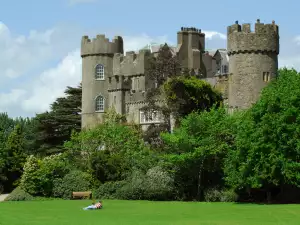
Their charm is complemented by a rich collection of the National Art Gallery which consists mostly of portraits of Irish craftsmen. In the Great Hall of Malahide Castle you can trace the history of the Talbot family. It is decorated with picture portraits of members of the family, and other artwork that tells the turbulent history of Ireland in the photos where portraits of generations of the family tell their own story of the turbulent history of Ireland.
In nearly 800 years of existence Malahide has had many additions and changes in its romantic and beautiful structure of the building. Today it is a combination of several architectural styles. For those eight centuries, however, and within the accompanying image of the palace parks they have undergone little change, with the result that today they still have the charm and romance of the Middle Ages.

